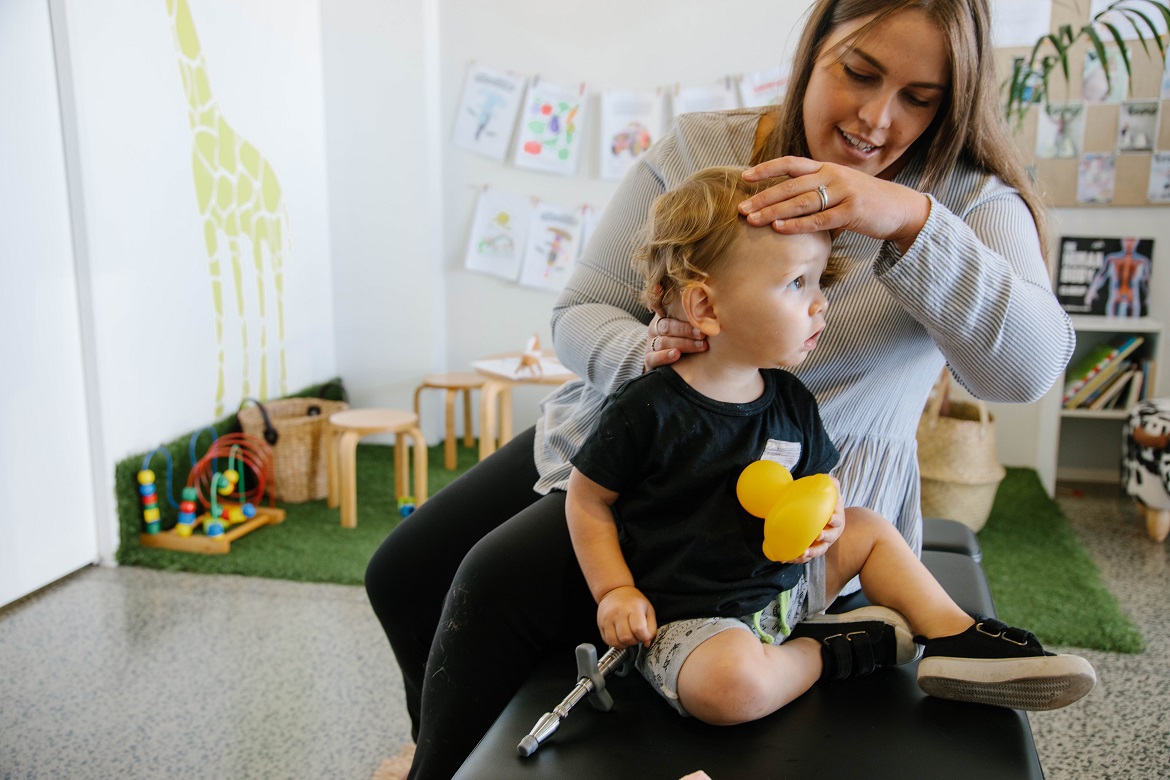All parents want to see their little ones grow, adapt, thrive and get the most out of life. We are seeing now more than ever before parents looking for proactive natural lifestyle habits that nurture their child’s ability to flourish.
The development that occurs in a child within the first years of life is undeniably incredible. At times it seems they are changing right before our eyes.
With the brain growing by 65% in the first year of life alone, watching little ones learn to smile, roll, sit, hold objects, walk and communicate are all wonderful examples of the nerve system developing and making beautiful connections.
Our nerve system made up of the brain, spinal cord and nerves is our body’s internal super information highway. It is so vital to overall health, function and wellbeing that it is intelligently protected in bone by the skull and vertebrae.

This amazing information highway controls, coordinates and regulates every function in the body. 45% of our nerves are dedicated to controlling and coordinating muscles (motor nerves), another 45% control and coordinate all the functions we don’t think about (autonomic nerves), such as breathing, heart rate, digestion, immune function, healing, our fight/flight response or rest and digest mode.
The nerve system is continually relaying information to our brain so we can adapt and respond to life’s physical, chemical and mental/emotional stressors. An overload of stress both external to the body or internally can cause the spine to stop moving adequately, resulting in interference to this vital communication system.
The role of a chiropractor is to ensure the nerve system is not under strain, stress and tension by dysfunctional spinal segments called vertebral subluxation. By making small, gentle adjustments to the spine we allow the nerve system – both the motor nerves and the autonomic nerves within the spine – to communicate without interference allowing the body to function at its best.
Let’s explore why a child may have a spine that is not functioning at its best?
First we need to think back to the very start of life. As the baby grows in the mother’s uterus, the baby can adopt an abnormal position and postural stress can affect our body before we enter the world due to constraints in space and room to move by the 3rd trimester.
The next physical stress a child’s body will encounter is the delivery process. The journey through the birth canal induces a lot of stress and pressure on a baby’s head and neck and can be further increased with the use of forceful delivery techniques such as forceps, vacuum extraction and c-section.











